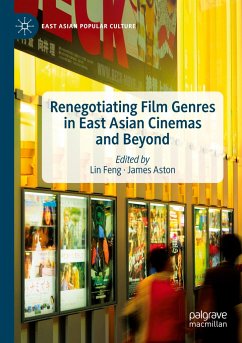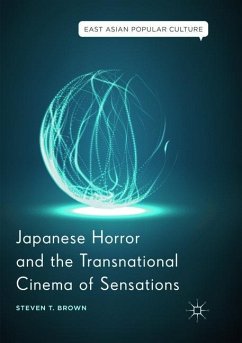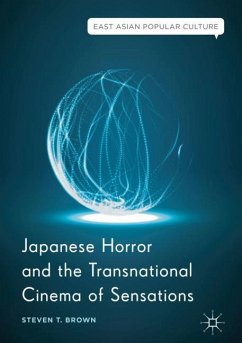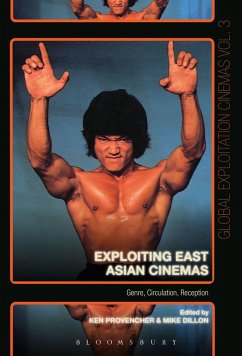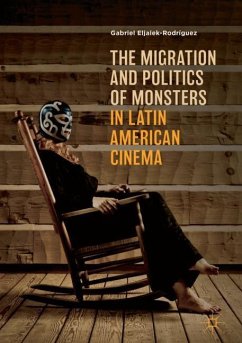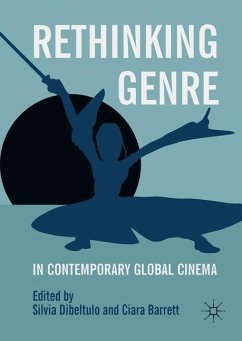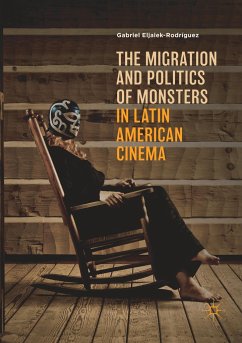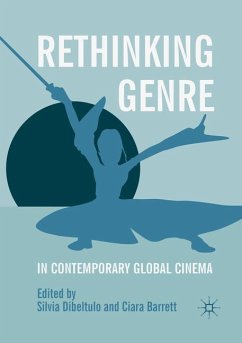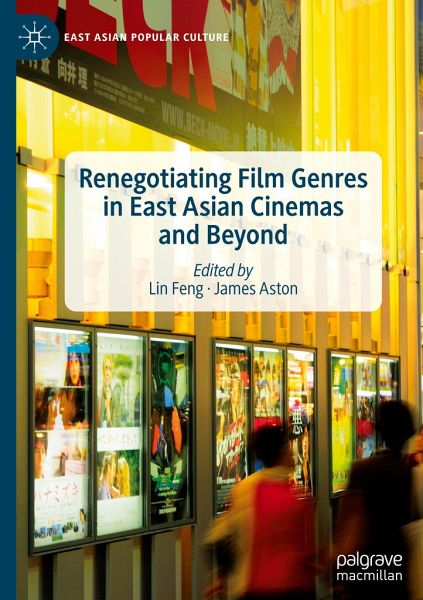
Renegotiating Film Genres in East Asian Cinemas and Beyond

PAYBACK Punkte
49 °P sammeln!
This book brings together nine original chapters to examine genre agency in East Asian cinema within the transnational context. It addresses several urgent and pertinent issues such as the distribution and exhibition practices of East Asian genre films, intra-regional creative flow of screen culture, and genre's creative response to censorship. The volume expands the scholarly discussion of the rich heritage and fast-changing landscape of filmmaking in East Asian cinemas. Confronting the complex interaction between genres, filmic narrative and aesthetics, film history and politics, and cross-c...
This book brings together nine original chapters to examine genre agency in East Asian cinema within the transnational context. It addresses several urgent and pertinent issues such as the distribution and exhibition practices of East Asian genre films, intra-regional creative flow of screen culture, and genre's creative response to censorship. The volume expands the scholarly discussion of the rich heritage and fast-changing landscape of filmmaking in East Asian cinemas. Confronting the complex interaction between genres, filmic narrative and aesthetics, film history and politics, and cross-cultural translation, this book not only reevaluates genre's role in film production, distribution, and consumption, but also tackles several under-explored areas in film studies and transnational cinema, such as the history of East Asian commercial cinema, the East Asian film industry, and cross-media and cross-market film dissemination.





